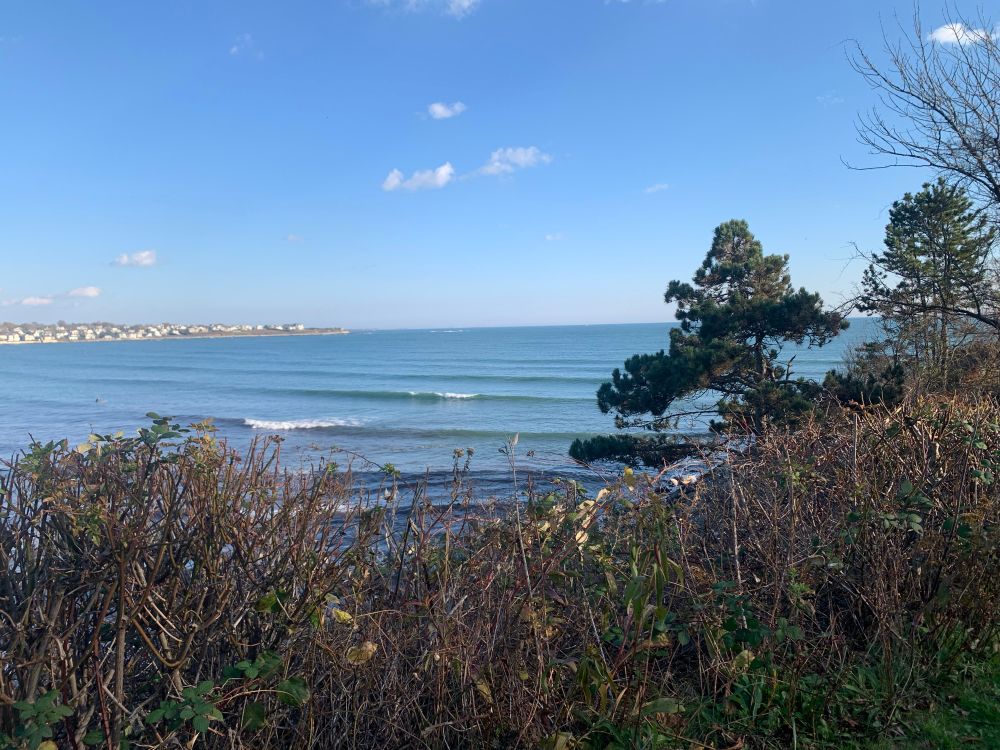
siennanordquist.com








• Many people may agree with US hard line on drugs, but feel uneasy about Trump's tariffs and constant U-turns
• Success of some US goals, such as curbing China's global influence, will hinge on US ability to improve ties with LatAm

• Many people may agree with US hard line on drugs, but feel uneasy about Trump's tariffs and constant U-turns
• Success of some US goals, such as curbing China's global influence, will hinge on US ability to improve ties with LatAm
www.thebulwark.com/p/my-fathers...

www.thebulwark.com/p/my-fathers...
International working group for women scholars in IR, CP, IPE & CSS. Monthly meetings to close the gender citation gap and build collaborative research.
To join, email: [email protected]

International working group for women scholars in IR, CP, IPE & CSS. Monthly meetings to close the gender citation gap and build collaborative research.
To join, email: [email protected]








